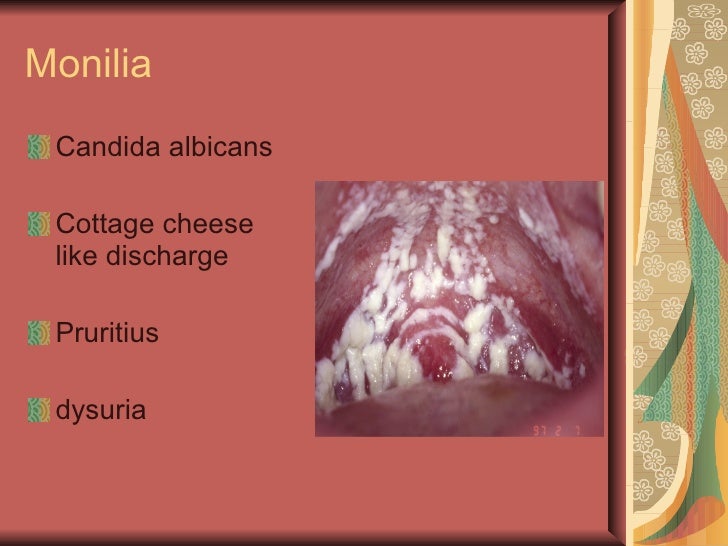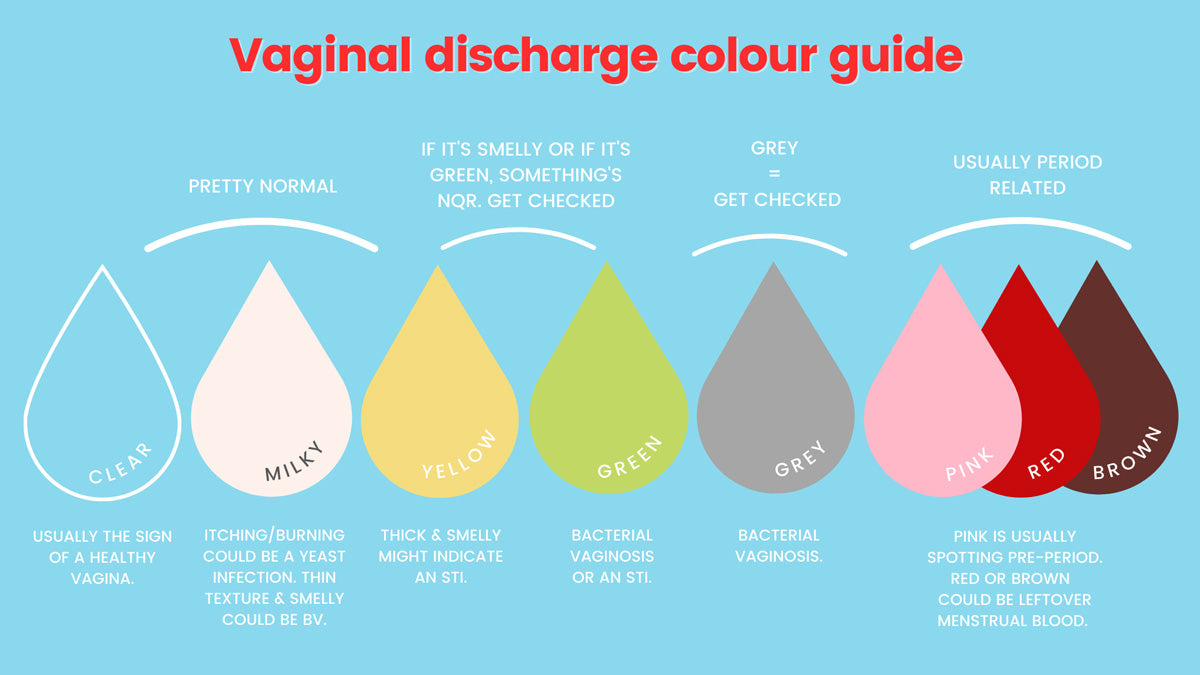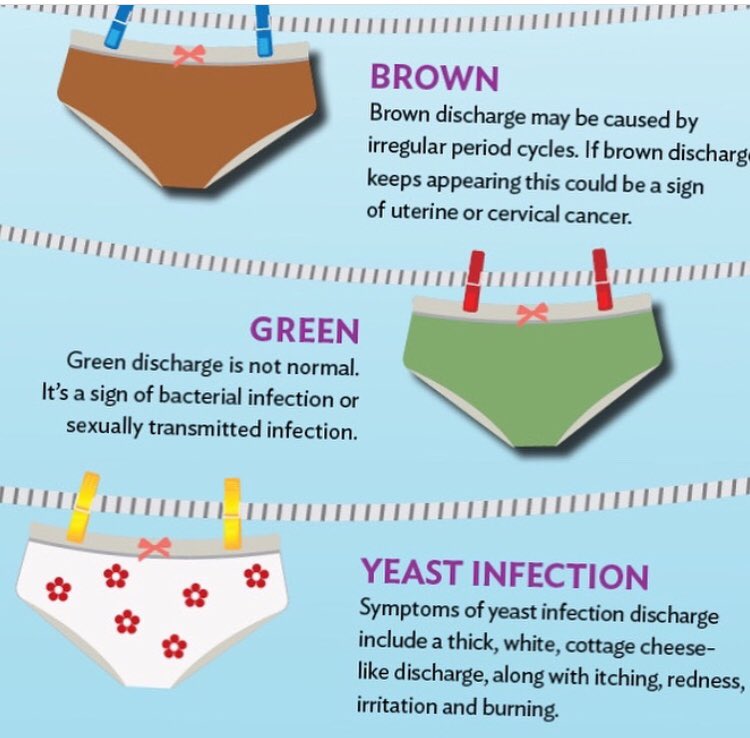Cottage Cheese Discharge In Early Pregnancy - Discharge that’s thick and chunky or lumpy (cottage cheese texture) may be caused by a yeast infection, aka thrush or candidiasis. One of the earliest symptoms of pregnancy is a white or creamy discharge from the vagina. While it is normal to experience an increase in vaginal discharge during pregnancy, it is important to be aware of any abnormal changes, such as. This type of discharge usually resembles cottage cheese. White, lumpy vaginal discharge may mean that you have a yeast infection. This discharge is caused by the increase in estrogen.
Discharge that’s thick and chunky or lumpy (cottage cheese texture) may be caused by a yeast infection, aka thrush or candidiasis. While it is normal to experience an increase in vaginal discharge during pregnancy, it is important to be aware of any abnormal changes, such as. White, lumpy vaginal discharge may mean that you have a yeast infection. This discharge is caused by the increase in estrogen. This type of discharge usually resembles cottage cheese. One of the earliest symptoms of pregnancy is a white or creamy discharge from the vagina.
One of the earliest symptoms of pregnancy is a white or creamy discharge from the vagina. While it is normal to experience an increase in vaginal discharge during pregnancy, it is important to be aware of any abnormal changes, such as. This discharge is caused by the increase in estrogen. This type of discharge usually resembles cottage cheese. White, lumpy vaginal discharge may mean that you have a yeast infection. Discharge that’s thick and chunky or lumpy (cottage cheese texture) may be caused by a yeast infection, aka thrush or candidiasis.
Cottage Cheese Vaginal Discharge
While it is normal to experience an increase in vaginal discharge during pregnancy, it is important to be aware of any abnormal changes, such as. This type of discharge usually resembles cottage cheese. Discharge that’s thick and chunky or lumpy (cottage cheese texture) may be caused by a yeast infection, aka thrush or candidiasis. This discharge is caused by the.
Cottage Cheese Vaginal Discharge Causes, Symptoms & Treatment
One of the earliest symptoms of pregnancy is a white or creamy discharge from the vagina. This discharge is caused by the increase in estrogen. This type of discharge usually resembles cottage cheese. Discharge that’s thick and chunky or lumpy (cottage cheese texture) may be caused by a yeast infection, aka thrush or candidiasis. White, lumpy vaginal discharge may mean.
unit 2 1
White, lumpy vaginal discharge may mean that you have a yeast infection. While it is normal to experience an increase in vaginal discharge during pregnancy, it is important to be aware of any abnormal changes, such as. Discharge that’s thick and chunky or lumpy (cottage cheese texture) may be caused by a yeast infection, aka thrush or candidiasis. This type.
Cottage Cheese Discharge During Pregnancy
This type of discharge usually resembles cottage cheese. White, lumpy vaginal discharge may mean that you have a yeast infection. One of the earliest symptoms of pregnancy is a white or creamy discharge from the vagina. This discharge is caused by the increase in estrogen. While it is normal to experience an increase in vaginal discharge during pregnancy, it is.
Cottage Cheese Vaginal Discharge
Discharge that’s thick and chunky or lumpy (cottage cheese texture) may be caused by a yeast infection, aka thrush or candidiasis. This type of discharge usually resembles cottage cheese. White, lumpy vaginal discharge may mean that you have a yeast infection. This discharge is caused by the increase in estrogen. While it is normal to experience an increase in vaginal.
What Does A Cottage Cheese Discharge Mean
White, lumpy vaginal discharge may mean that you have a yeast infection. Discharge that’s thick and chunky or lumpy (cottage cheese texture) may be caused by a yeast infection, aka thrush or candidiasis. This type of discharge usually resembles cottage cheese. This discharge is caused by the increase in estrogen. While it is normal to experience an increase in vaginal.
Cottage Cheese Vaginal Discharge Causes, Symptoms, and Treatment CK
This discharge is caused by the increase in estrogen. One of the earliest symptoms of pregnancy is a white or creamy discharge from the vagina. Discharge that’s thick and chunky or lumpy (cottage cheese texture) may be caused by a yeast infection, aka thrush or candidiasis. White, lumpy vaginal discharge may mean that you have a yeast infection. This type.
Cottage Cheese Discharge After Metronidazole Gel Causes And Remedies
One of the earliest symptoms of pregnancy is a white or creamy discharge from the vagina. This discharge is caused by the increase in estrogen. Discharge that’s thick and chunky or lumpy (cottage cheese texture) may be caused by a yeast infection, aka thrush or candidiasis. This type of discharge usually resembles cottage cheese. White, lumpy vaginal discharge may mean.
What Does A Cottage Cheese Discharge Mean
While it is normal to experience an increase in vaginal discharge during pregnancy, it is important to be aware of any abnormal changes, such as. Discharge that’s thick and chunky or lumpy (cottage cheese texture) may be caused by a yeast infection, aka thrush or candidiasis. White, lumpy vaginal discharge may mean that you have a yeast infection. This discharge.
What Does A Cottage Cheese Discharge Mean
Discharge that’s thick and chunky or lumpy (cottage cheese texture) may be caused by a yeast infection, aka thrush or candidiasis. While it is normal to experience an increase in vaginal discharge during pregnancy, it is important to be aware of any abnormal changes, such as. This discharge is caused by the increase in estrogen. This type of discharge usually.
Discharge That’s Thick And Chunky Or Lumpy (Cottage Cheese Texture) May Be Caused By A Yeast Infection, Aka Thrush Or Candidiasis.
This type of discharge usually resembles cottage cheese. One of the earliest symptoms of pregnancy is a white or creamy discharge from the vagina. White, lumpy vaginal discharge may mean that you have a yeast infection. This discharge is caused by the increase in estrogen.









